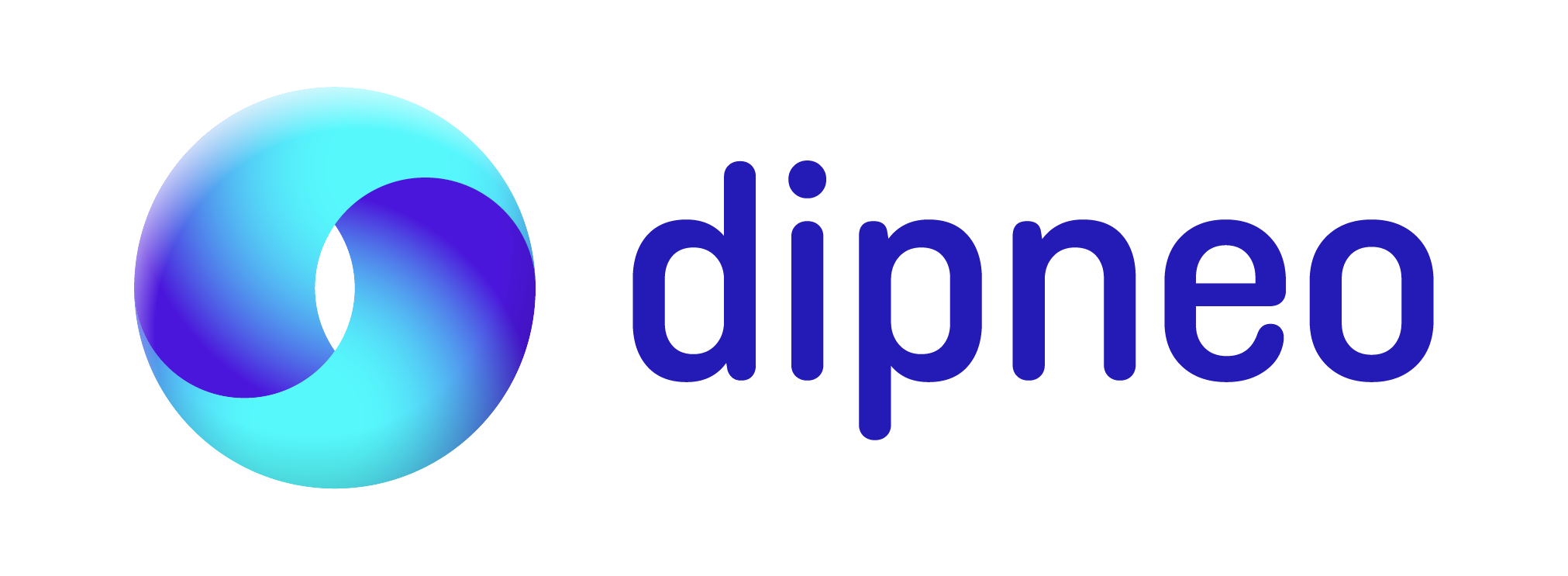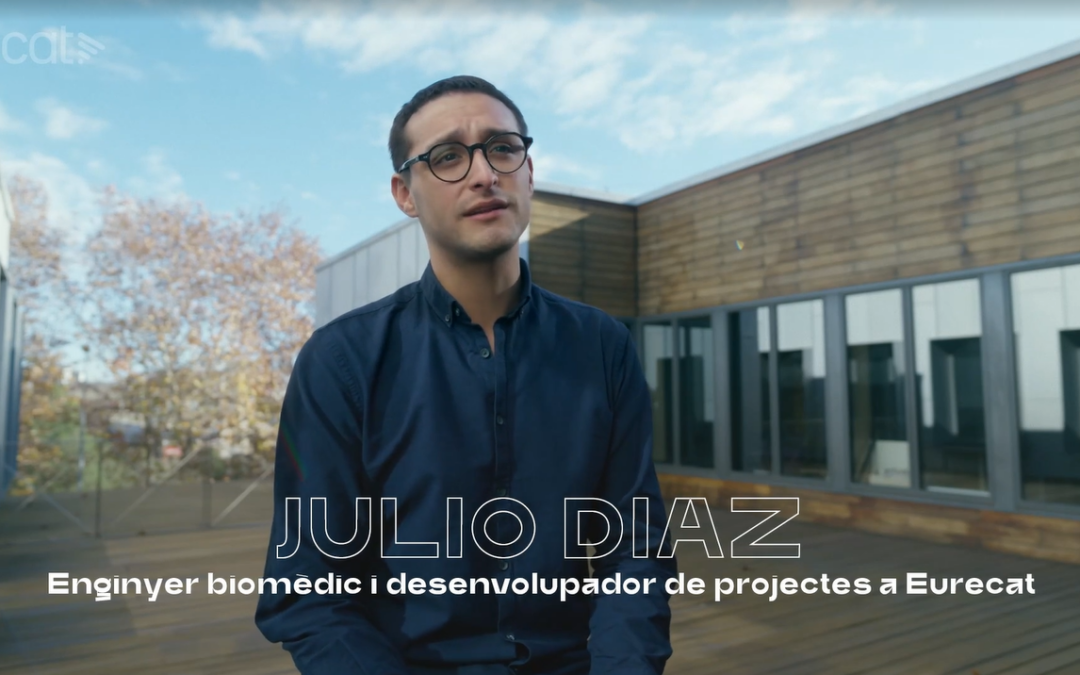Power to believe, power to act, power to save lives. Dipneo, Breath to live
We are a new Start-Up focused on the development of our patented technology: the innovator Automatic Resuscitation Device for people who experience a cardiopulmonary arrest.
In DIPNEO we work to adapt our device to the specific needs of each potential user and situation. Our device is not just a tool, but your experienced ally in an Out-of-hospital Cardiac Arrest.
Statistics of interest
Out-of-Hospital cardiorespiratory arrest in Europe yearly
Survival rates are around
%
Survival chances decrease by
%
with every minute of delay from collapse to initial attention
Problem solving

Fig 1. Chamber diagram (patented technology).
One critical aspect of managing cardiac arrest is ensuring adequate oxygenation and ventilation. A ventilation medical device plays a crucial role in providing respiratory support to patients with cardiac arrest. Such a device is designed to deliver a controlled flow of air or oxygen to the patient’s lungs, assisting in the exchange of oxygen and carbon dioxide. It can be used in conjunction with other interventions such as cardiopulmonary resuscitation (CPR) and defibrillation to help restore the patient’s cardiac and respiratory function.
We have observed the need to improve urgent medical action by health professionals and non-professionals in the event of a cardiac arrest.
There are currently 3 common ways for patient ventilation who cannot perform ventilation on their own:
The first one is Mouth-to-mouth ventilation. However, it has as become an imminent risk when making ventilation due to direct contact with the patient’s airway and the person who cares for the patient.
The commonly used Self-refilling bag-valve-mask device has some issues that can be improved for a better user experience. It’s manual, requiring at least two people for CPR, leading to fatigue and reduced quality of chest compressions. The device’s manual compression is less efficient due to one-handed operation, and it’s challenging for non-trained individuals to use without professional supervision.
On the other hand, advanced ventilation devices are commonly expensive, and they require advanced knowledge for placement, programming, and use with patients, especially in medical emergencies.
Our Solution
To solve these challenges, our goal is to achieve an autonomous, portable, easy-to-use, and hands-free resuscitator for medical emergencies.
As mentioned, our technology has a patent (WO 2022023595 A1) and the following video shows its functioning:
Innovations and competitive advantage
Our technological asset presents a set of innovations and competitive advantage concerning the existing products on the market that are defined as follows:
Efficiency and accuracy
Controlled and accurate delivery of air volume to the patient is ensured by our device, which allow the patient to receive all the volume pumped from the self-refilling bag-valve-mask. Since its collapse manually only permits the patient to receive about 30% of the total volume. And compared with some developed devices, the compression is done as tricuspid collapse, allowing a total compression of the bag as shown in (Fig 2. Chamber with protuberances and sequential bag collapse).
Automatization
According to the configuration and selection of the user parameter, the device will carry out this collapse automatically once the device is correctly placed on the patient.
Hands-free device
Once the patient is situated and the device is placed correctly, liberates medical staff´s hands who had been concentrating on ventilation, focusing on other activities (replacing the partner performing heart massage, monitoring vital signs, etc.).
Safety
It has no gears to lubricate, no bearings, no follower rollers, no shafts, no cams, no spindles, no moving parts to be protected, and no electric engines that get hot and heat up the surrounding environment or produce parasites or interference in adjacent electronic equipment. And for future versions, we consider it also as a ventilation device for MR (Magnetic Resonance)
Controlled variables
Through the monitoring and control of important variables during its operation (volume, pressure, and time), our device will deliver an effective volume to the patient.
Support Call with Medical Professional Platform
Our device will have the capability to establish a video call with a medical platform by the non-professional user, allowing for expert assistance during emergency situations, specifically during cardiopulmonary resuscitation (CPR) procedures, while awaiting the arrival of the ambulance at the scene of the incident.
Visual & audible support
The device will show visual and audible aids for the user on the controller screen, being important for the correct positioning of the device and the patient, in addition to offering accurate hearing aids to perform the compression rate correctly (100-120 compressions per minute)
Easy to use
Being a very intuitive device, helping the user to place it and configure it correctly and fast, being more user-friendly for any type of user.
Low Cost
Dipneo
News
10 Catalan startups set to revolutionise the digital health sector
The Catalogue of Startups Catalan Pitch Competition 2023 published by Acció highlights the 50
Eurecat exceeds 200 patents and adds nine spin-offs
The spin-off Dipneo, created by Eurecat together with Mobile World Capital Barcelona and its
Dipneo, a startup at heart
The company develops a medical device that will facilitate survival in the face of
Eurecat y Mobile World Capital Barcelona crean la startup Dipneo
El centro tecnológico Eurecat y Mobile World Capital Barcelona han creado la startup Dipneo, que desarrollará y comercializará un
We are thrilled to share a significant milestone on our journey to save lives through innovation in healthcare.
We are thrilled to share a significant milestone on our journey to save lives









